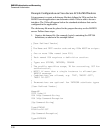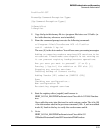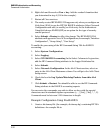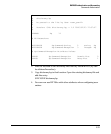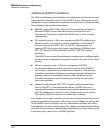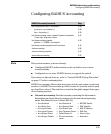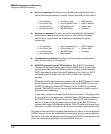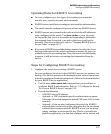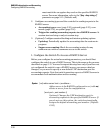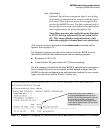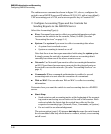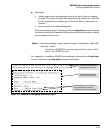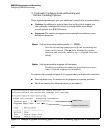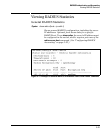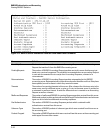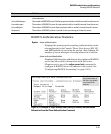
RADIUS Authentication and Accounting
Configuring RADIUS Accounting
must match the encryption key used on the specified RADIUS
server. For more information, refer to the “[key < key-string >]”
parameter on page 5-15. (Default: null)
2. Configure accounting types and the controls for sending reports to the
RADIUS server.
• Accounting types: exec (page 5-36), network (page 5-35), com-
mands (page 5-36), or system (page 5-36)
• Trigger for sending accounting reports to a RADIUS server: At
session start and stop or only at session stop
3. (Optional) Configure session blocking and interim updating options
• Updating: Periodically update the accounting data for sessions-in-
progress
• Suppress accounting: Block the accounting session for any
unknown user with no username access to the switch
1. Configure the Switch To Access a RADIUS Server
Before you configure the actual accounting parameters, you should first
configure the switch to use a RADIUS server. This is the same as the process
described on page 5-15. You need to repeat this step here only if you have not
yet configured the switch to use a RADIUS server, your server data has
changed, or you need to specify a non-default UDP destination port for
accounting requests. Note that switch operation expects a RADIUS server to
accommodate both authentication and accounting.
Syntax: [no] radius-server host < ip-address >
Adds a server to the RADIUS configuration or (with no)
deletes a server from the configuration.
[acct-port < port-number >]
Optional. Changes the UDP destination port for
accounting requests to the specified RADIUS server. If
you do not use this option, the switch automatically
assigns the default accounting port number. (Default:
1813)
5-38



